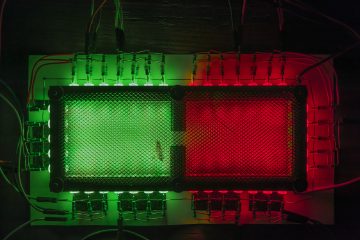
Logic and Symbols
Human adults commonly use symbolic systems (e.g. speech, numbers, writing code, algebraic formula) to represent aspects of the external world, and they easily and flexibly go from symbols to objects and vice-versa. This “symbolic mind” might be related to a distinct human neural architecture, in particular, the expansion of the associative areas and the development of new long-distance fiber tracts, such as the arcuate fasciculus. More efficient connections to and from the frontal lobe and a longer memory buffer may lead to the discovery of more abstract structures, and ultimately enable to represent the external world with a symbolic system. During the symposium, we will explore the differences between human adults and infants but also between modern and past humans and humans and animals in their capacity to use symbols and logical operations
Vidéo


